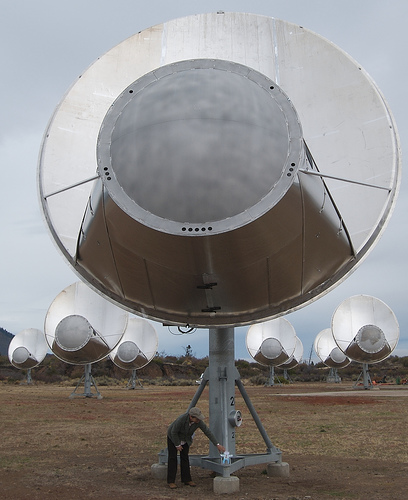
Could the universe already be home to dozens of advanced civilizations-and are we finally detecting their technology? Long at the heart of SETI research, this question has taken on new urgency with recent astronomical findings that combine tantalizing evidence for alien megastructures with possible biosignatures on distant worlds. Together, they begin to paint a picture of a galaxy which may be far less lonely than once imagined.

1. Infrared Clues to Dyson Spheres
A pair of large-scale surveysGaia DR3, 2MASS, and NASA’s WISEhave uncovered 60 candidate stars radiating far more mid-infrared radiation than expected. Some are as much as 60 times the predicted infrared output, a signature consistent with partial Dyson spheres or swarmsvast arrays of orbiting collectors that capture stellar energy. The concept, first described by Freeman Dyson in 1960, aligns with Type II civilizations on the Kardashev scale, which can harness the full power of their host star. Researchers modeled covering factors (γ) from 0.1 to nearly complete enclosures, while effective temperatures ranged from 100 to 700 Kranges that would squarely place the waste heat peak in WISE’s W3 and W4 bands.
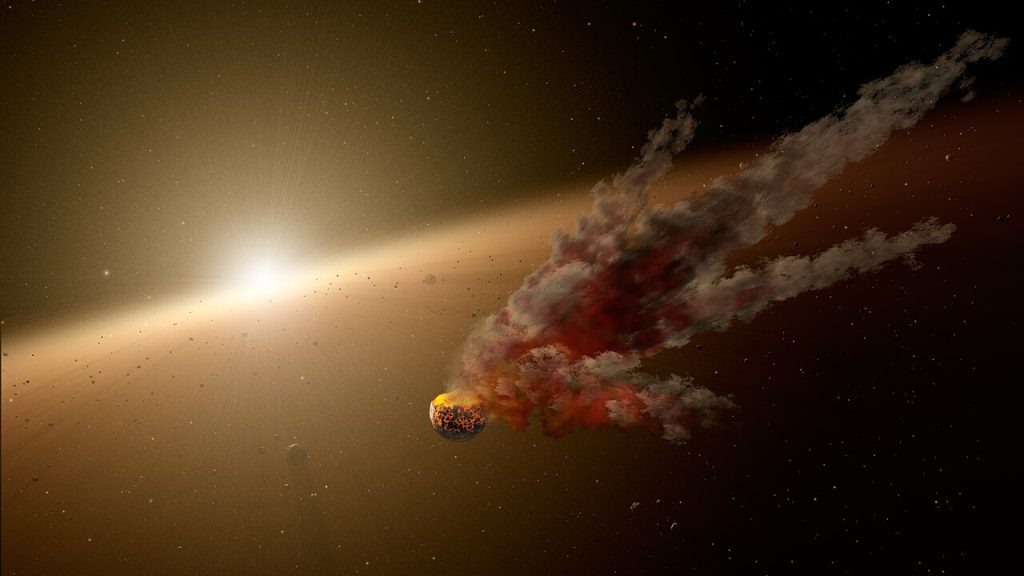
2. Separating Signal from Noise
Such megastructures would need to be distinguished from natural causes of infrared excess, such as protoplanetary disks, debris left over from planetary collisions, or background galaxies. The Project Hephaistos pipeline employs a multi-stage filtering approach, including convolutional neural networks trained to recognize nebular contamination in WISE imagery. Fully seven red dwarf stars within 900 light years met the various criteria to reveal excesses that were hard to explain using known astrophysical processes. As co-author Jason Wright noted, “This isn’t like a single solid shell around the star,” but rather a swarm configuration obscuring up to 16% of stellar output.

3. The Biosignature Debate on K2‑18b
Meanwhile, the James Webb Space Telescope has focused on K2‑18b, a Hycean-class exoplanet 124 light-years away. Resulting spectra revealed methane, carbon dioxide, and a possible trace of dimethyl sulfide (DMS)-a molecule produced on Earth exclusively by marine microorganisms. Lead investigator Nikku Madhusudhan called the scenario “an ocean teeming with life” fitting the data, but subsequent NASA-led Bayesian reanalysis lowered the DMS confidence to 2.7 sigma, well below the 5-sigma threshold for confirmation. Abiotic DMS production has been demonstrated in the lab under hydrogen-rich conditions, underscoring the need for multiple converging lines of evidence before declaring life.
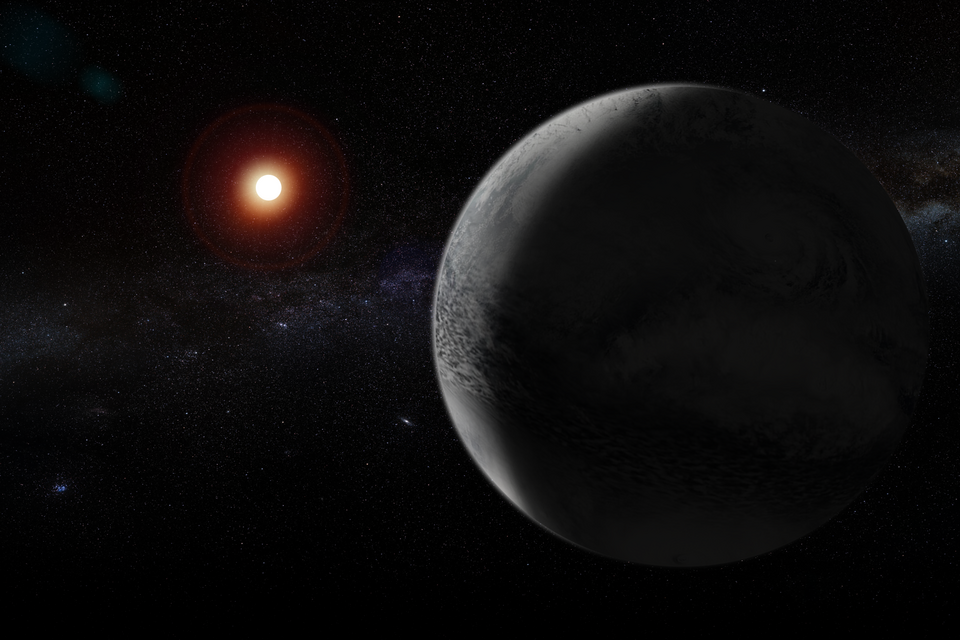
4. Spectroscopy at the Frontier
The JWST instruments NIRSpec, NIRISS, and MIRI obtain filtered views of starlight during exoplanet transits. These exhibit molecular absorption features of most interest, and for K2‑18b, high-resolution spectra are critical for distinguishing DMS from dimethyl disulfide and to search for companion gases like hydrogen sulfide or ethane that would complete a biological chemical network. Future missions, such as the Habitable Worlds Observatory, promise even greater sensitivity and could resolve ambiguous cases like this one.
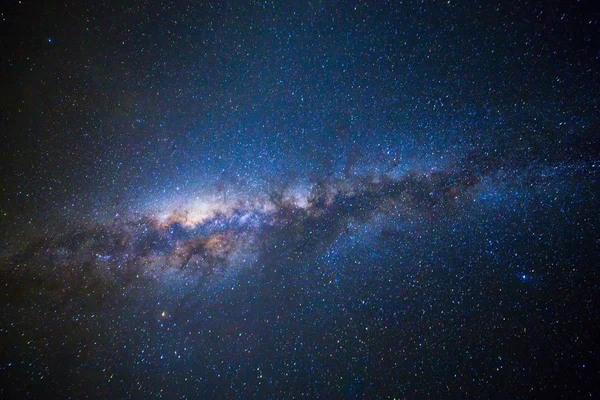
5. Statistical Estimates of Galactic Civilizations
Refined versions of Drake’s equation using Kepler’s exoplanet statistics estimate the number of advanced civilizations in the Milky Way to be about 60 because the probability for technological life to arise on a habitable planet is better than one in 60 billion. This “cosmic archaeological” strategy avoids issues concerning the longevity of civilizations in favour of whether such civilizations have ever existed. As Adam Frank demonstrates, even highly pessimistic odds imply that humankind is not the first technological species in the history of the galaxy.

6. Communication Beyond Radio
If Dyson spheres or biosignature-rich worlds are out there, how might they communicate? Beyond traditional radio SETI, a number of researchers have explored neutrino beams and gravitational wave modulation as interstellar messaging channels. Because neutrinos are nearly massless and interact by only the weak force, they could pass right through stars and planets unimpeded, which makes them attractive for civilizations seeking secure, directed communication. Detection of such signals would require specialized detectors and a refocusing of SETI’s technology.

7. The Zoo Hypothesis and Detection Challenges
A few scientists, such as Dirk Schulze-Makuch, find the “Zoo Hypothesis”-the supposition that advanced civilizations intentionally stay away and monitor us without disturbing us-plausible. Great interstellar distances, mismatching technologies, and alternative ways of communication could explain the “Great Silence.” The Galileo Project by Avi Loeb seeks to run in parallel with the distant searches for technosignatures with the search for artifacts in our system, acknowledging the fact that alien technology could be much closer than one might expect.
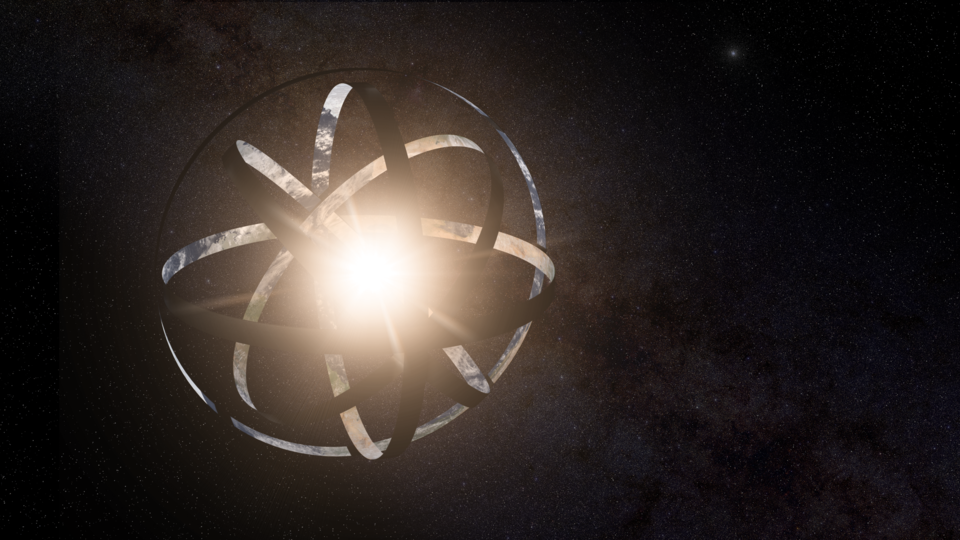
8. The Road Ahead
Dyson spheres will be confirmed only by direct imaging from either JWST or next-generation infrared telescopes able to resolve candidate stars and eliminate natural causes. Biosignatures on exoplanets will be found by sustained campaigns of spectroscopy, atmospheric modeling, and laboratory analogs.
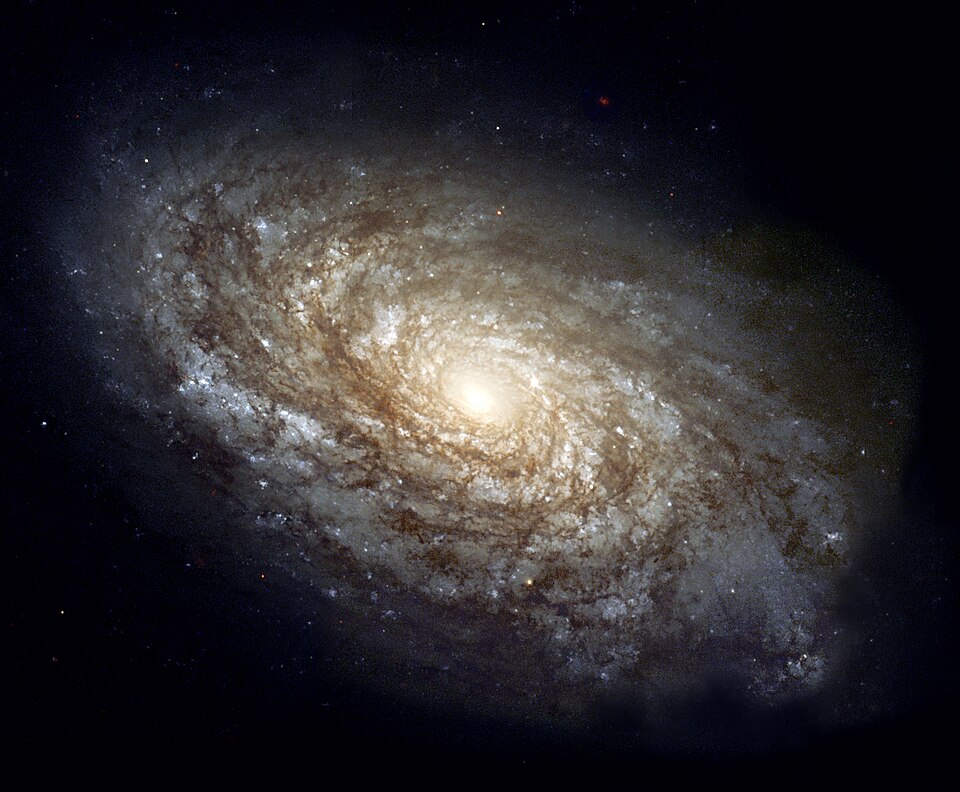
Each discovery, megastructure or molecule, provides a further piece in the jigsaw of life’s prevalence and technological ambition in the cosmos. Taken together, these threads suggest a profound convergence: that we are nearing the moment when the detection of life might mean the detection of civilizations that engineer star systems. The tools are ready, the candidates are identified, and the questions are sharper than ever. When the answers come, they will redefine our place in the galaxy.

